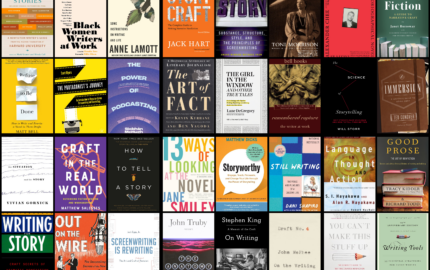My method of introducing nut graphs is to have the students read about them; Steve Buttry (RIP) has a long-lived and detailed lesson about teaching story starts that I still find useful. I have them find an example of summary lead vs. a soft lead, each with a nut graph; we post them in our online class space and discuss the difference between the two, whether they are successful or not, and why. We use The Seattle Times because I teach at the University of Washington, and I know it has a history of strong nut graphs.
For more advanced classes I use Jack Hart's “The Writer's Coach” (recently updated and renamed “Wordcraft”) to revisit and reinforce nut-graph-ery as we look at more complex published examples.

What is and isn't the nut isn't always clear-cut, of course, which is very useful for learning. And we often get into the discussion of the "nut area" (which always make some students chortle a bit), and why and how writers do that.
My message is, of course, to help students see the crucial work the nut graph does for readers — and for themselves. Then we talk about how all elements of the story need to somehow support or stem from that nut graph and supporting graphs. As students are developing their stories, I'll often ask: If you had to write a nut graph, what would it say? That helps reinforce lessons of identifying and writing them, but also organizing their thoughts and their reporting along the way.
The biggest challenge is overwriting when they get really conscious of nut graphs. They want to be writerly and so sometimes start from the FOUR SCORE AND SEVEN YEARS AGO sweep of their reporting to lead up to the pinhead of a nut graph, which is undesirable.
~ ANDREA OTÁÑEZ Former editor and columnist at The Seattle Times, now teaching at the University of Washington
I don’t necessarily have days set aside in my teaching for nut graphs, but it is something that we talk about on a regular basis, especially once students start writing articles and stories. The way we talk about it varies depending on the class.

In my introductory journalism course, students are writing basic news stories (although not necessarily inverted pyramid). When I talk about nut graphs with them, it’s all focused on making the reader know why the information in this article is important, and for me, that boils down to what the impact on readers is. We talk about trying to understand the different ways people are impacted by different things. At the end of the semester, students are doing bigger enterprise projects, and I have them turn the nut graph into a spot somewhere early in the story, just after their lead section, that is going to bring context to what we just read in the lead and present the questions the rest of the story is going to answer, and why that matters.
In my Literary Journalism course, though, where students are writing much longer narratives, the only question I tell students they need to answer somewhere in this story is “Why should I care?” I tell them they need a paragraph somewhere that really hooks me and makes me care about what is going to happen in the story. Of course then, they’d better follow through.
This is the type of stuff we talk about in class, but the real education, I think, comes when I read drafts of their work and give them feedback, let them know that, hey, this is the spot where you need a sentence or a paragraph or two that really lays out the context of this piece, whether it’s the basic news stories or a 2,500-word narrative. Once a student sees that in their own work, it starts to stick with them.
~ MATT TULLIS Author, podcaster and assistant professor of English and director of the Digital Journalism program at at Fairfield University in Connecticut
For my students, finding a focus for their stories — an organizing tool, if you will — is almost always a big challenge.

So I do teach nut grafs, even if I don’t always call them that. We analyze them when critiquing prominent stories from around the country. The students’ story proposals all have to contain one. And when a student is struggling, I often ask him or her to write a semblance of a nut graf, even when they haven’t settled on a lead.
When I taught young reporters in Southeast Asia, one exercise I found useful was to give each of them six or seven random paragraphs — lines or quotes from a much longer story. Sort of like a jigsaw puzzle or a ransom note.
Two reporters working together had to identify a focus for the story, then write a (hopefully engaging) nut graf that encompassed both the news and some of the context —the “why should you care” material —for the story. The reporters often had very different ideas of what was “the story.” But I think it was helpful for providing a starting point for their own stories.
~ JIM SIMON Retired senior editor from The Seattle Times and Honolulu Civil Beat who teaches classes in Seattle and overseas



